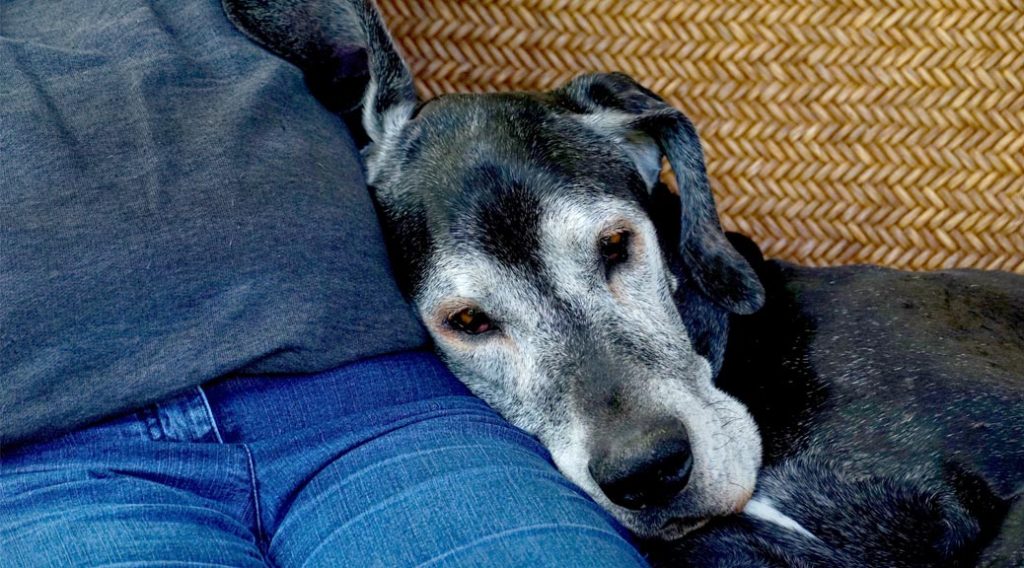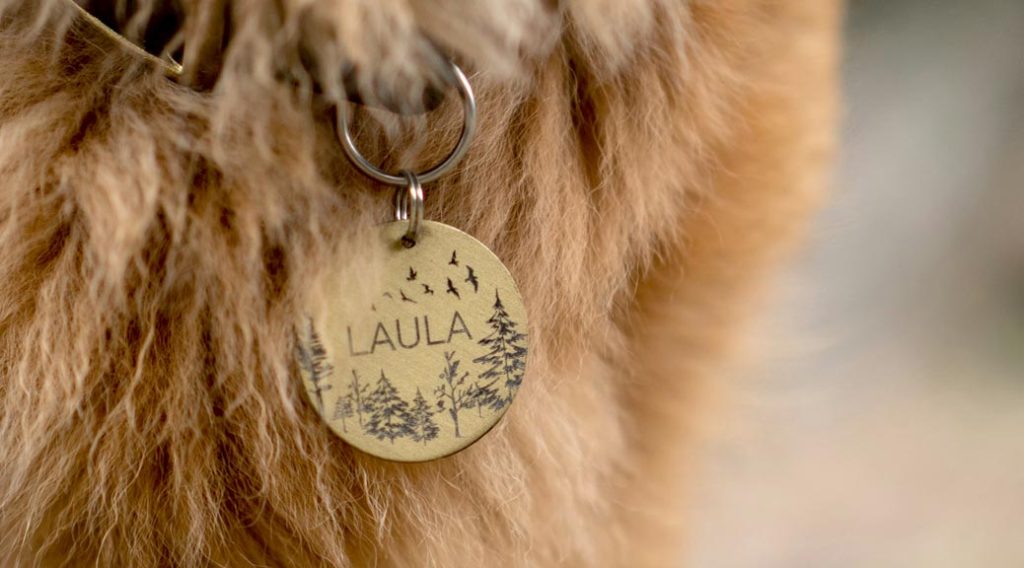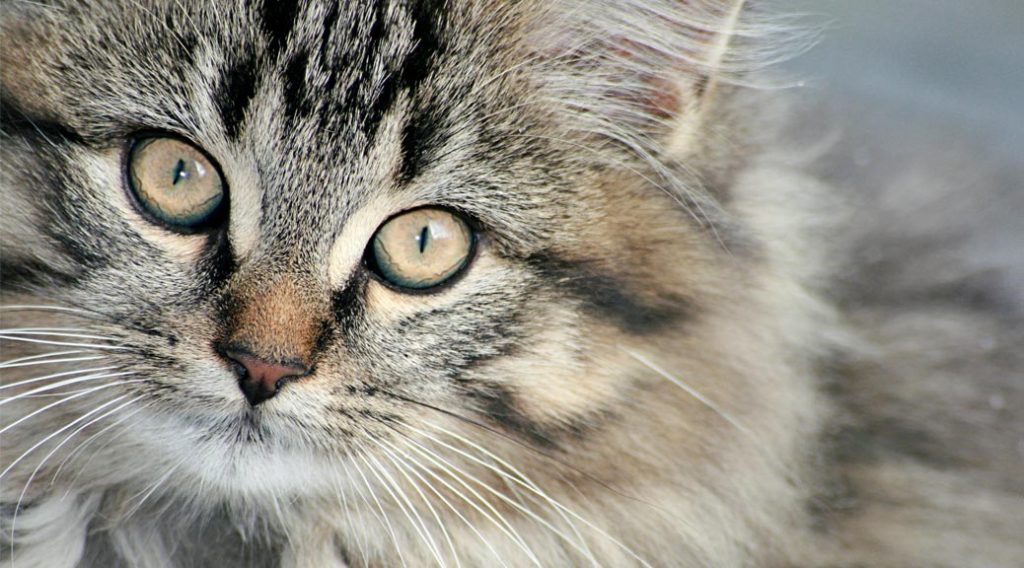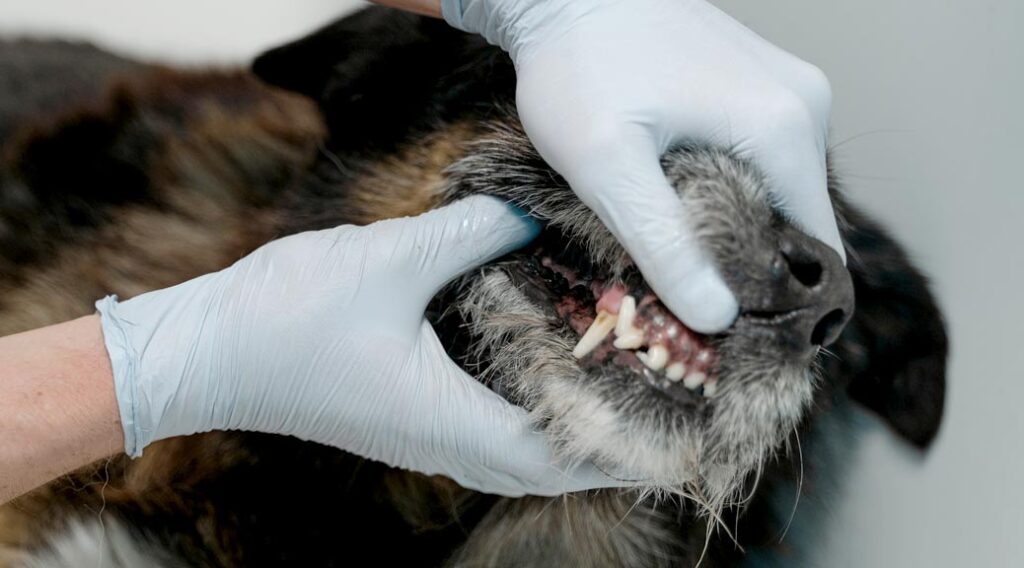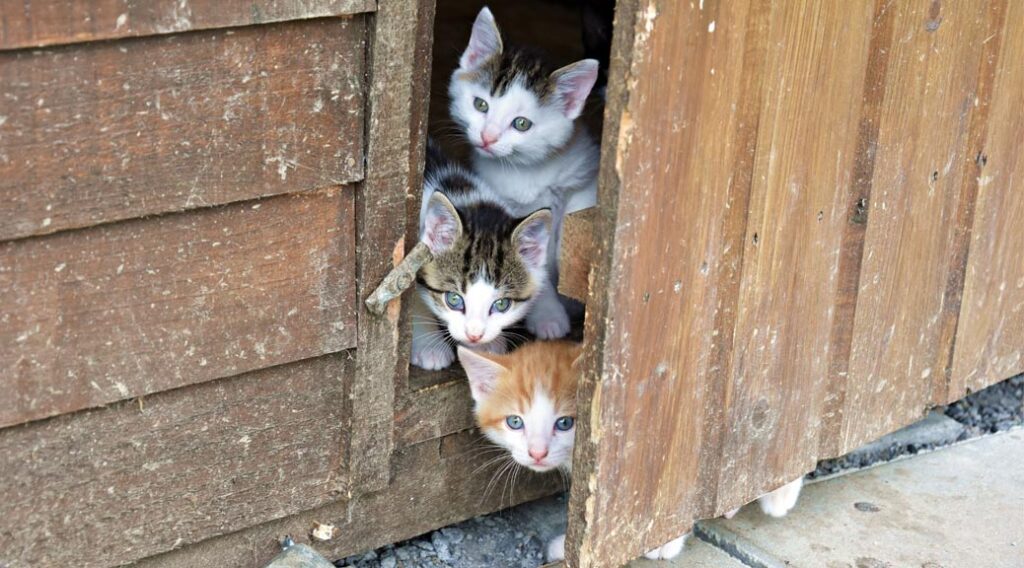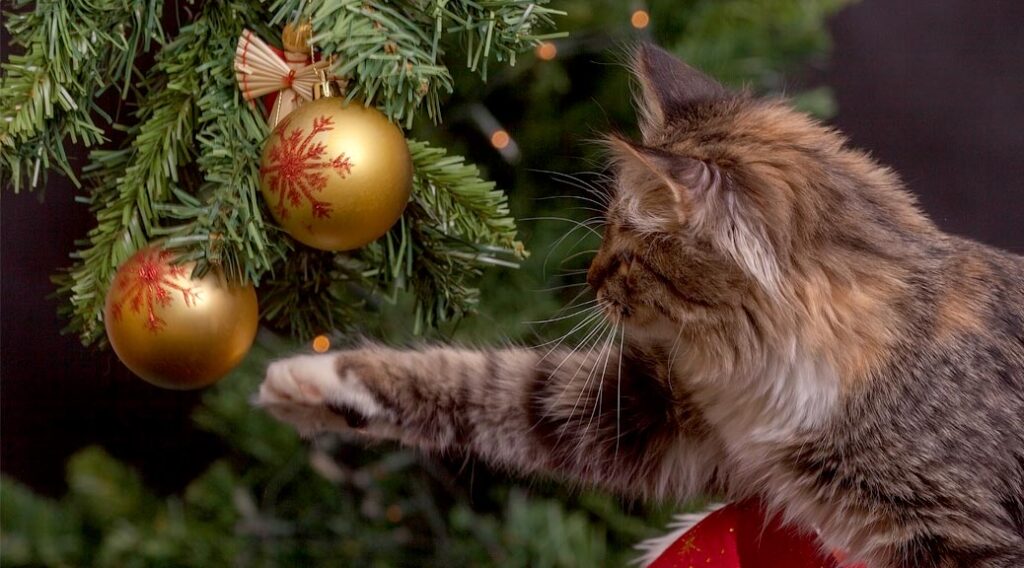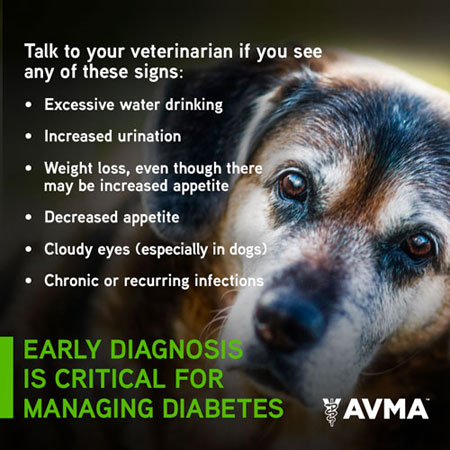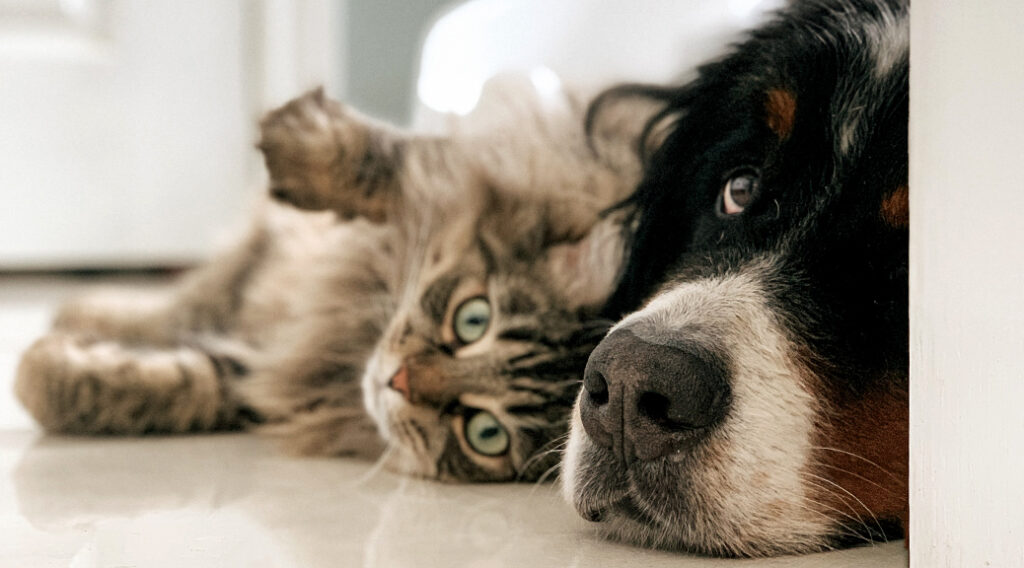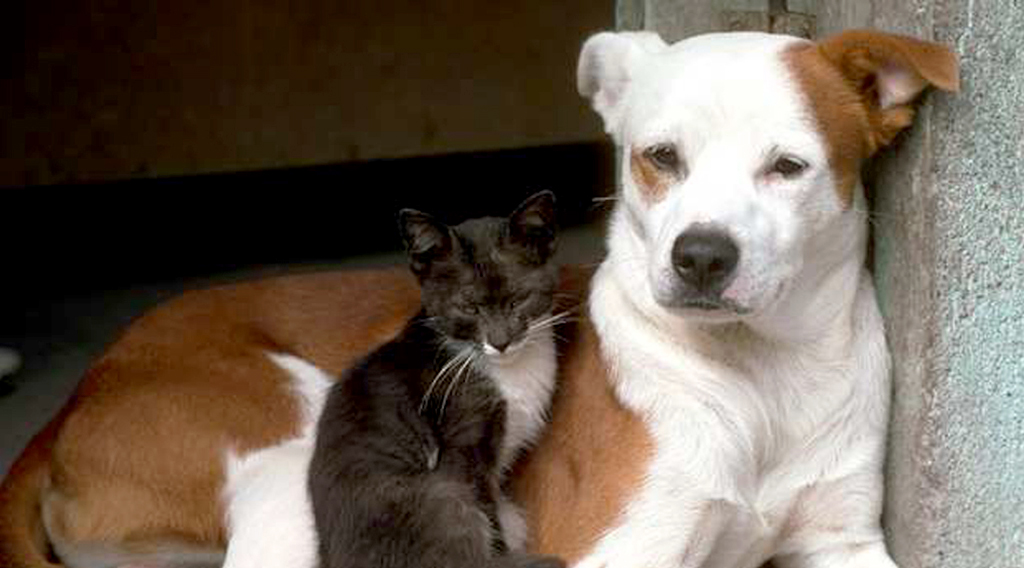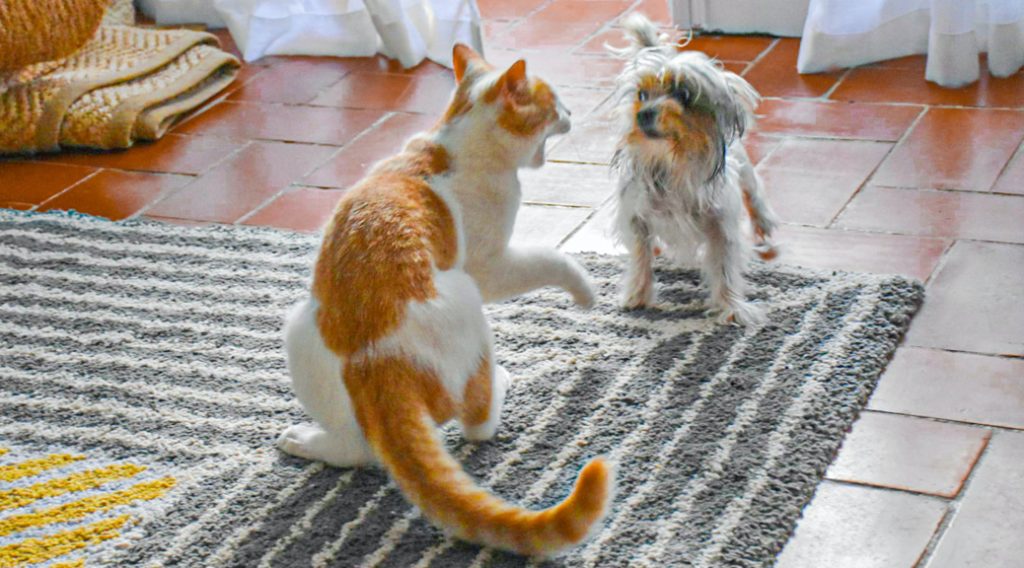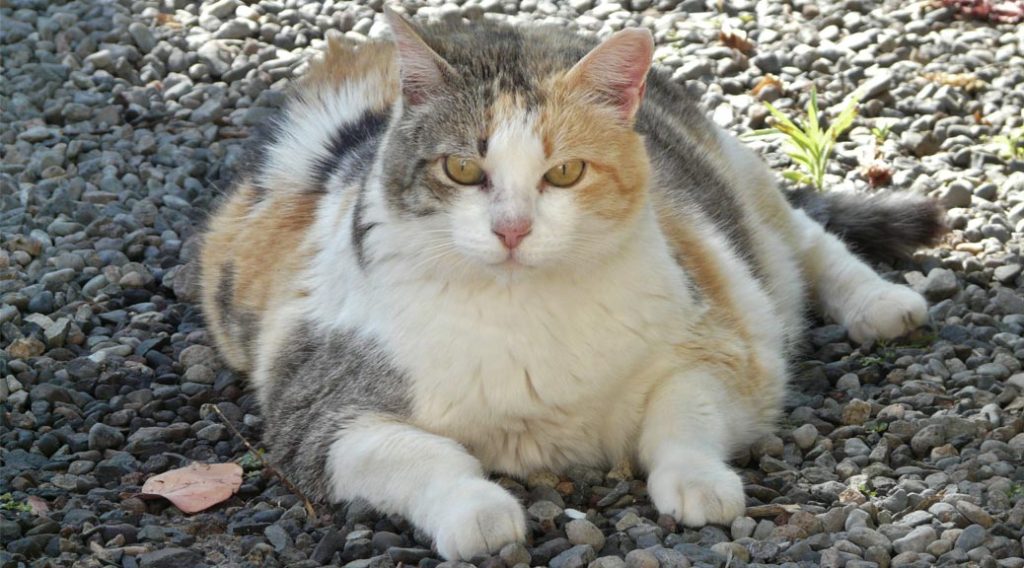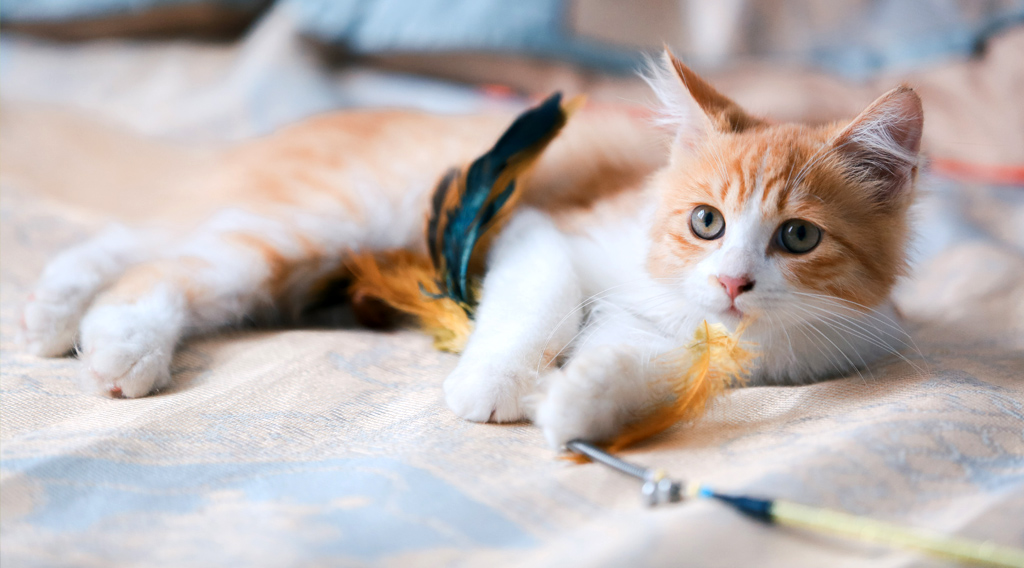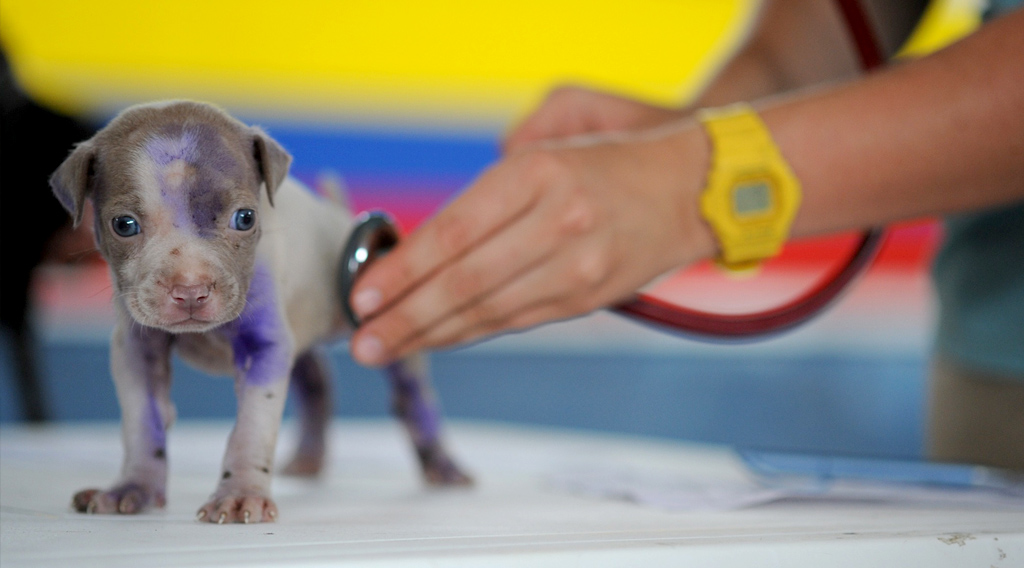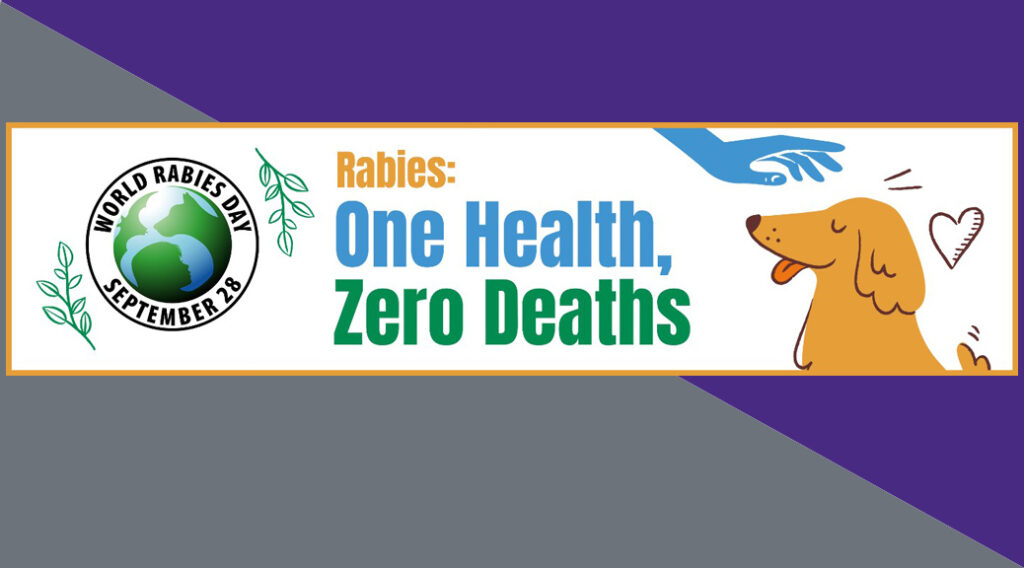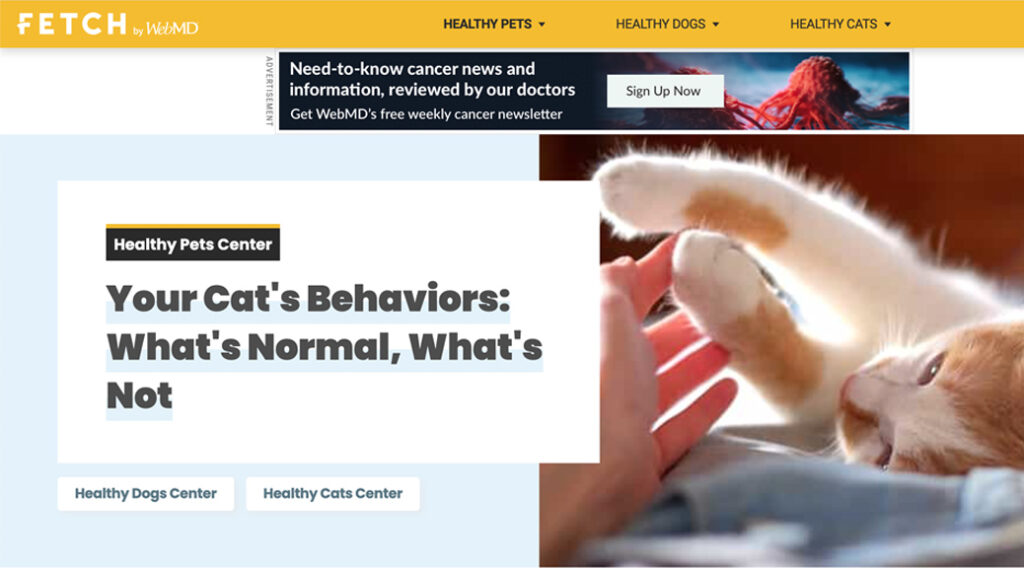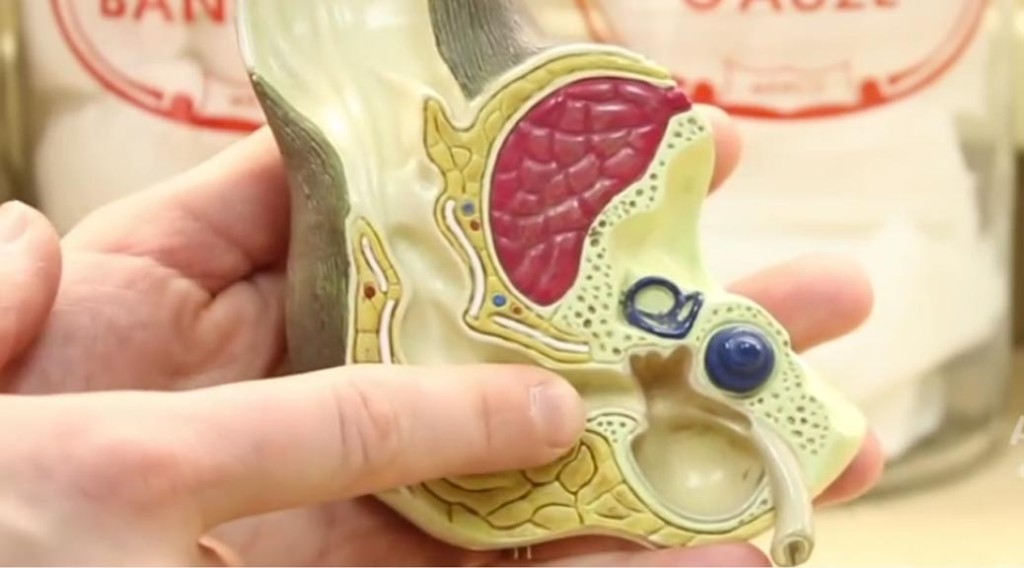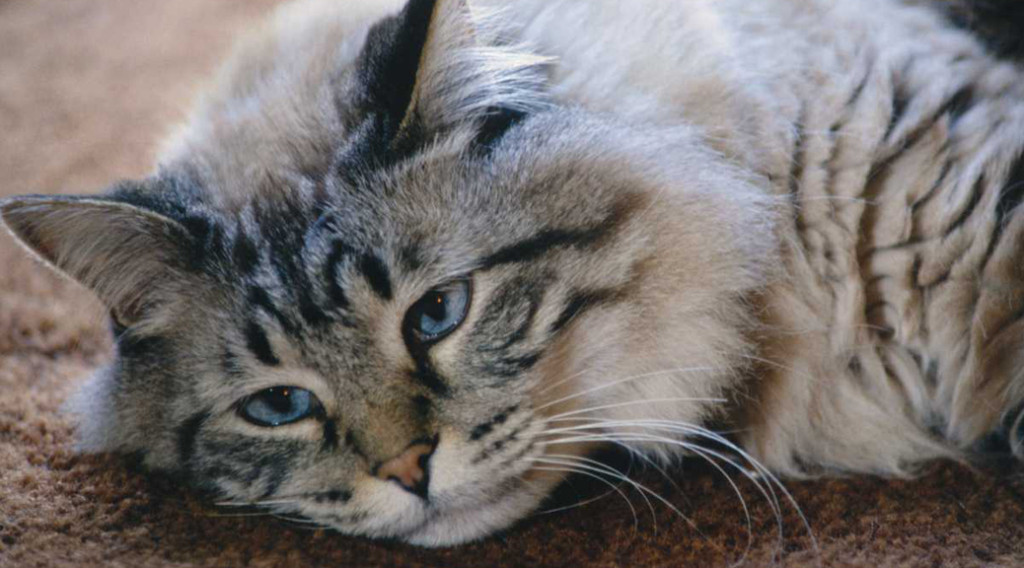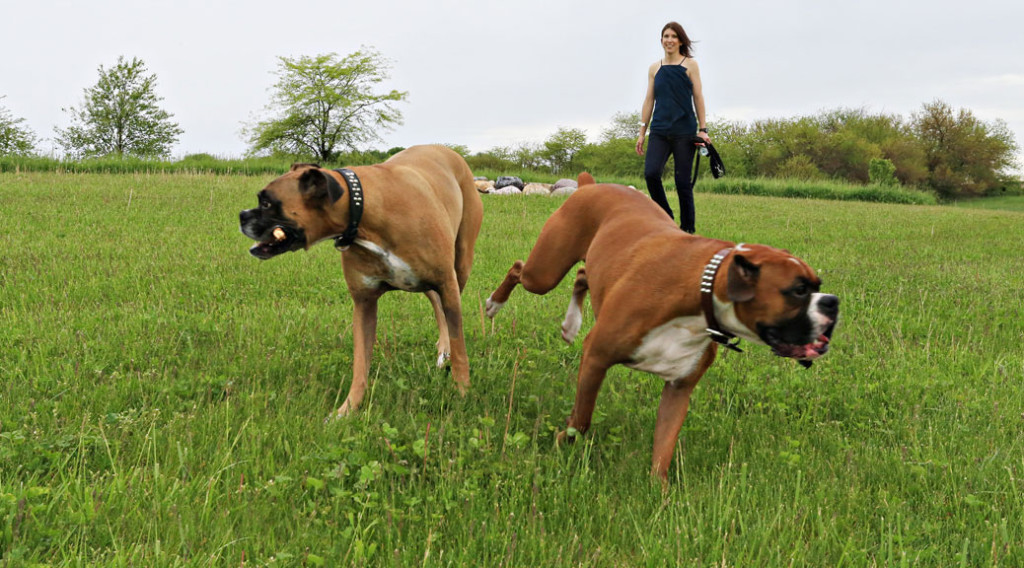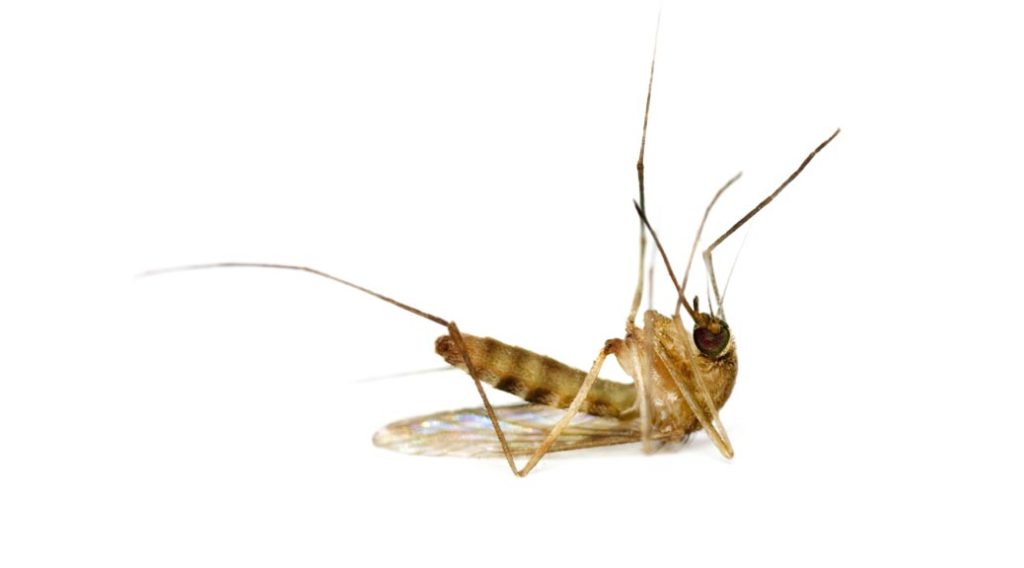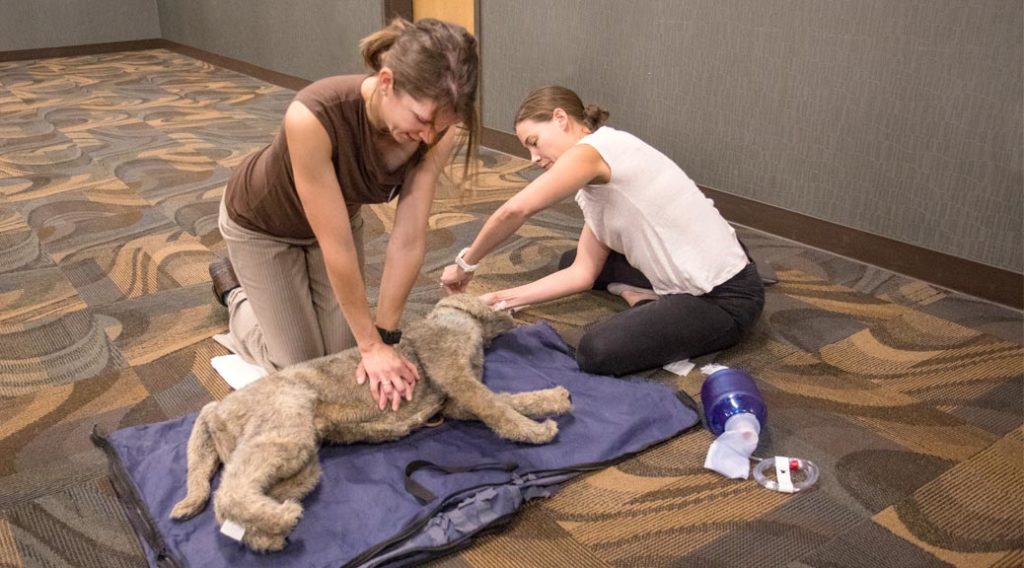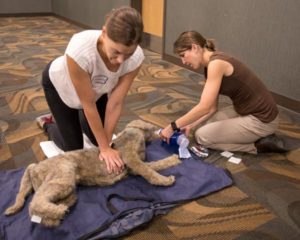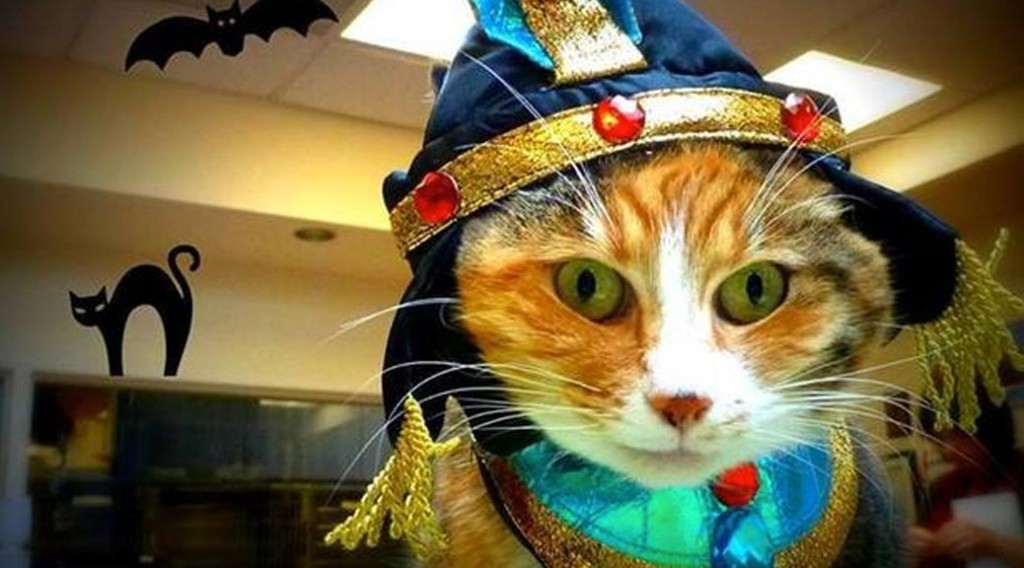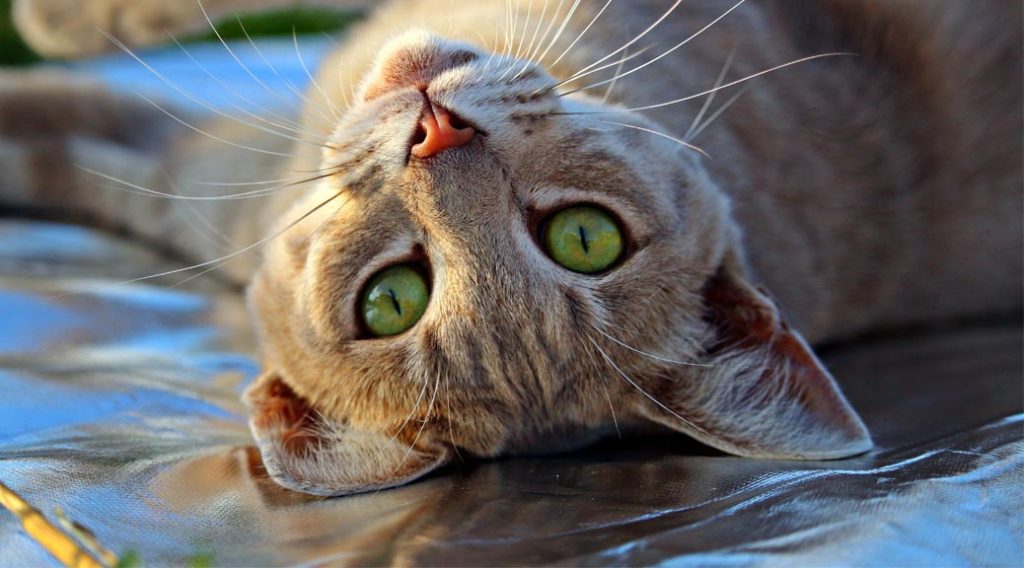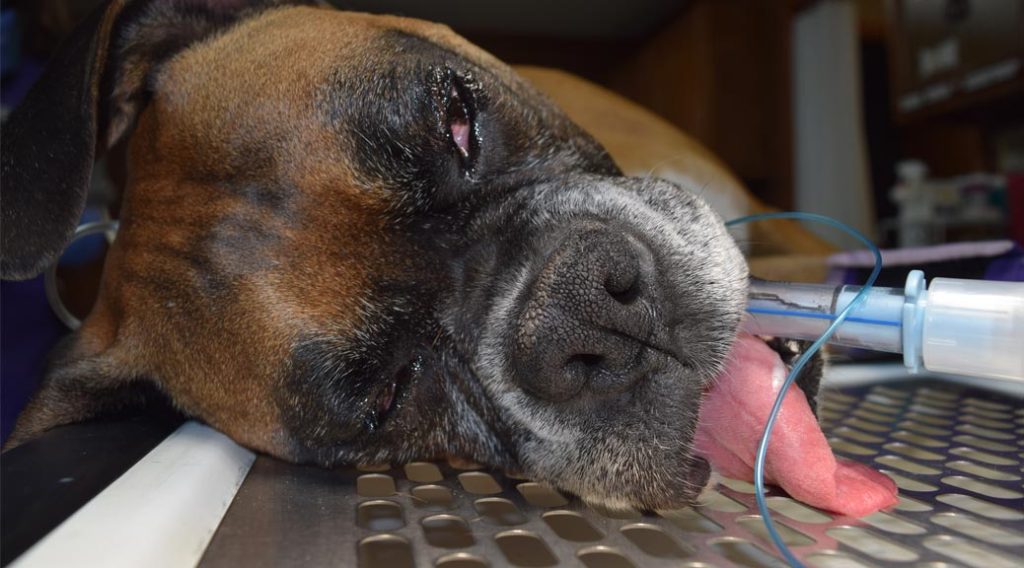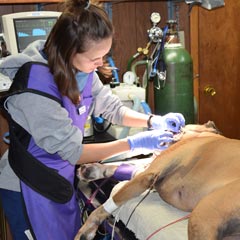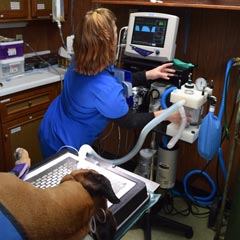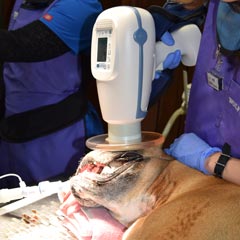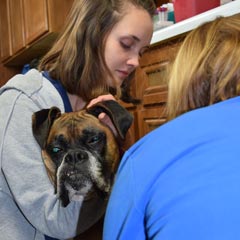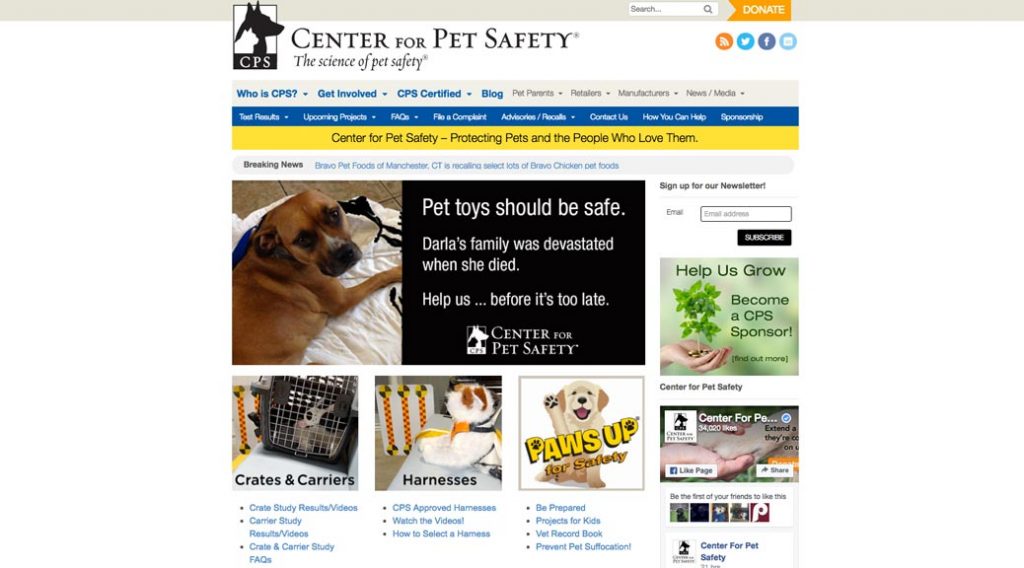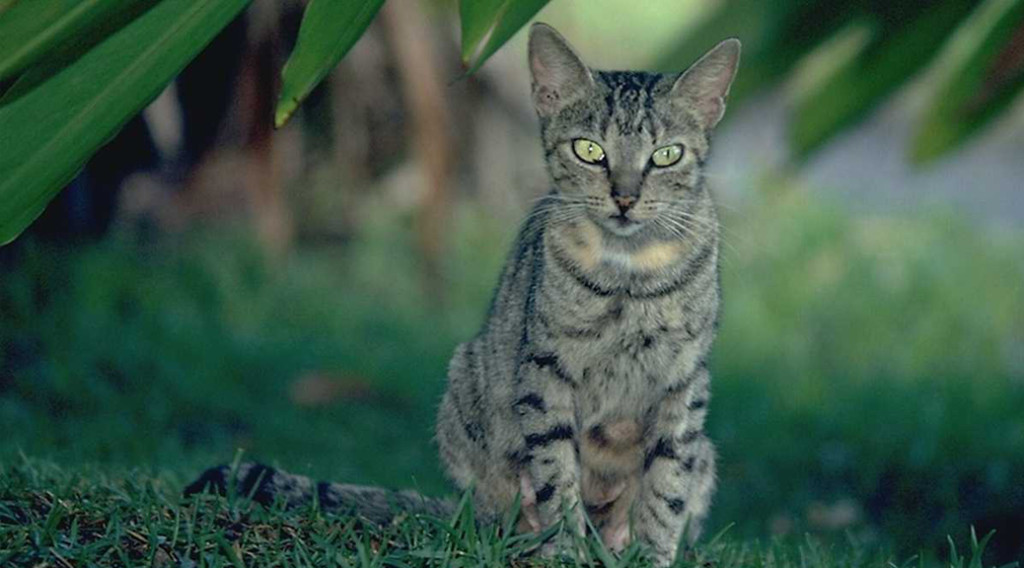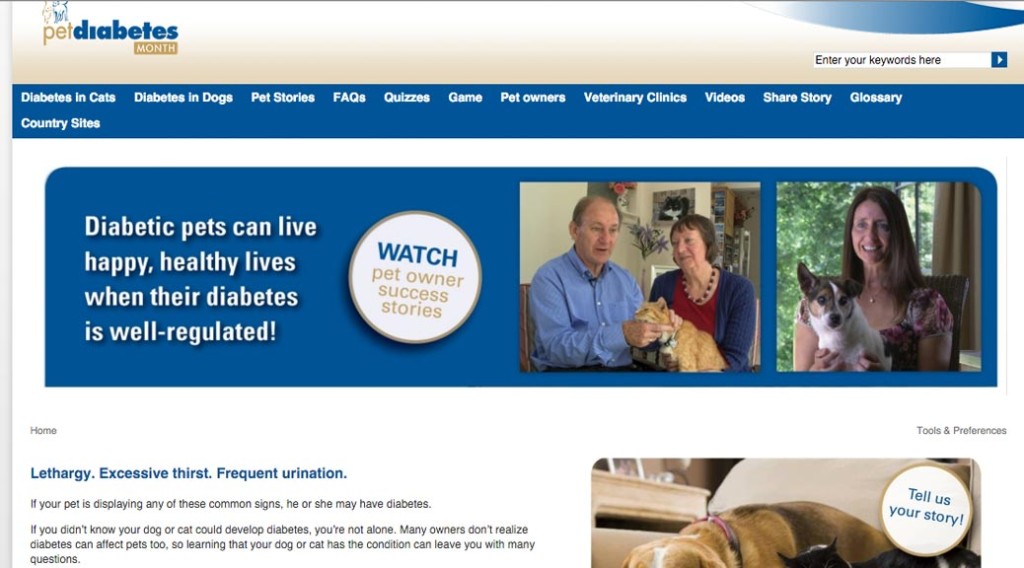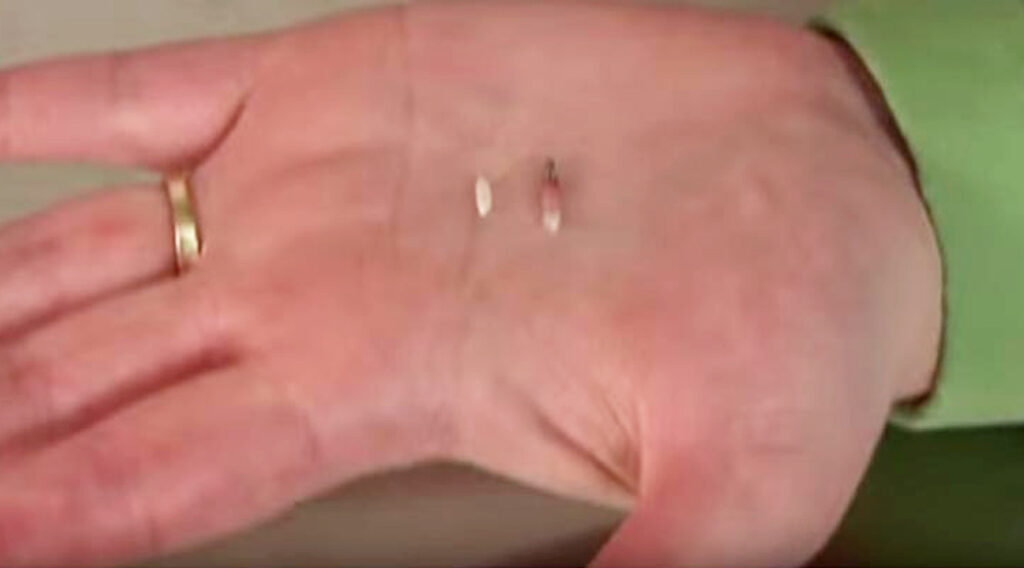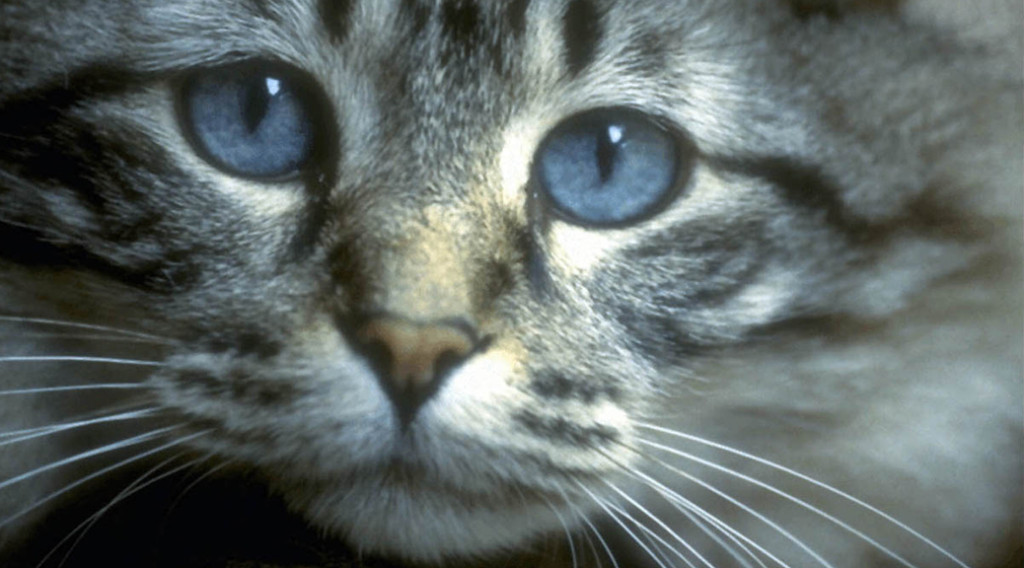Caring for Your Senior Pet
Senior cats and dogs make up 44% of the pet population as advances in veterinary care enable pets to live longer lives than ever before.
If you are fortunate enough to enjoy the faithful companionship of an older pet, there are a number of ways you can enhance your caregiving to help your pet age more safely, comfortably and gracefully.
Is Your Pet a Senior?
Whether or not your pet has reached its senior years generally varies by species and by size.
The American Association of Feline Practitioners considers cats 10 years old and older to be seniors, but your veterinarian may begin treating your cat as a senior at an earlier age if he or she is already showing signs of aging.
Dogs are considered seniors when they’ve reached the remaining 25% of their estimated lifespan, based on size.
Given that smaller dogs tend to live longer than larger ones, data from the American Kennel Club suggests dogs achieve senior status according to these guidelines:
- Small and toy breeds weighing less than 20 pounds are considered seniors at age 8 to 11 years of age.
- Medium-sized breeds weighing 20 to 50 pounds are classified as seniors when they’re 8 to 10 years old.
- Large breeds weighing 50 to 90 pounds achieve senior status at age 8 to 9 years.
- Giant breeds weighing more than 90 pounds are seniors when they’re 6 to 7 years old.
Home Care for Senior Pets
Keep your senior pet active. Although it’s natural for pets to slow down as they age, you can help yours stay mobile and flexible by routinely encouraging an age-adjusted level of physical activity. Your walks together may be briefer and more leisurely, but still enjoyable.
Talk to your veterinarian about potential changes to your senior pet’s diet. You may want to transition to a food that’s easier to digest and enriched with supplements—glucosamine and chondroitin sulfate, for example—considered especially beneficial for older pets.
If your pet has been diagnosed with a chronic health condition, such as liver or kidney disease, we may recommend a prescription diet formulated to help manage the diagnosed condition.
As your pet ages, it’s more important than ever to help your pet achieve and maintain a healthy weight. Weight gain and weight loss are both concerning.
See our posts, “Overweight, Obesity and Your Pet’s Health” and “New Year’s Resolutions for Overweight Pets” for more detailed information about evaluating your pet’s body condition and managing your pet’s weight.
Senior dogs are increasingly susceptible to dental disease, so it’s more important than ever to brush your pet’s teeth every day and have dental cleanings and exams under anesthesia when we recommend them. See our post, “Time to Focus on Your Pet’s Dental Health” for details.
Home Comforts for Seniors
Your aging pet may benefit from changes to make your home environment more safe, comfortable and accommodating. You might consider—
- Orthopedic pet beds
- Raised feeding platforms
- Food and water bowls with no-slip bottoms
- Additional water bowls around the house
- Pet stairs and ramps to make it easier to access favorite spots
- Larger litter boxes with ramps or low sides
- Litter boxes that don’t require stair-climbing to access
- No-slip rugs to provide better footing on slippery floors
- Baby gates to block stairs
- Covers over swimming pools, fire pits and window wells
Make sure your senior pet has a space where he or she can safely retreat from activities in your home. Put his or her bed against a wall or in a corner or inside a crate with the door propped open.
Veterinary Care for Seniors
No matter how well you care for your senior pet at home, with time he or she will become increasingly vulnerable to age-related health issues.
A stepped-up schedule of regular veterinary care—even for apparently healthy pets—is essential to detecting, diagnosing and managing any of these issues that may emerge as your pet ages.
Specifically, once your pet transitions to senior status, it’s time to double up on annual wellness exams and schedule them twice a year.
Pets taking some medications may require even more frequent check-ups to make sure no side-effects are developing from prolonged drug use.
When our veterinarians examine your senior pet, we follow many of the same protocols and conduct many of the same tests we have throughout your pet’s life. The difference for a senior patient is a more thorough physical examination and a more extensive blood panel, all with an eye toward detecting common conditions that come with aging.
Vaccines continue to be important, perhaps on a modified schedule to account for older pets’ weakened immune systems.
We depend on you more than ever to pay attention and report to us to even subtle changes in your pet’s behavior, activity levels, drinking and eating habits, and stools and urine production.
Potential Senior Health Problems
Cancer is the leading cause of death in nearly half of dogs and about a third of cats more than 10 years old. Some common signs to watch for—
- Lumps or bumps (which may be benign)
- Weight loss
- Loss of appetite
- Vomiting or diarrhea
- Unpleasant odors coming from your pet
- Difficulty defecating and urinating
- Difficulty breathing
- Sores that don’t heal
- Discharge from body openings, such as the nostrils or anus
Other common health problems that come with age include:
- Heart disease
- Kidney or urinary tract disease
- Liver disease
- Inflammatory bowel disease
- Hypo- and hyperthyroidism
- Diabetes mellitus
- Joint or bone disease
- Overweight or obesity
- Cushing’s disease
- Dental disease
- Lipomas
Vision loss. It’s normal for pets to lose some of their vision as they age. Some seniors develop cataracts. Visually impaired pets can still get around well enough in familiar surroundings, so long as you keep your pet’s beds, food and water bowls and litter box in the same places and refrain from adding or rearranging furniture.
Hearing loss. Older pets may also lose their hearing, making it harder for them to hear you call them or come into a room. While your pet still can hear you, consider coupling some simple hand signals with your most-used commands so you can still offer guidance to a hard-of-hearing pet.
Potential Cognitive and Behavior Changes
Canine cognitive dysfunction causes symptoms similar to Alzheimer’s disease in humans. Common behavior changes that come with canine cognitive dysfunction include:
- Increased reactions to loud or strange sounds
- Diminished response to voice commands
- Increased barking
- Increased aggressive or protective behavior
- Increased anxiety
- Apparent disorientation or confusion
- Repeating the same actions over and over
- Increased wandering
- Diminished memory and learning ability
- House soiling
- Changed sleep patterns
- Diminished interest in playing
- Hiding
Cats can develop cognitive dysfunction syndrome, too. At 15 years old and older, 80% of cats show signs of cognitive dysfunction. Signs, which are similar to symptoms exhibited by dogs, include disorientation, vocalizing—especially at night, having accidents in the house, hiding, poor grooming and sleeping more than usual.
Watch for signs of senility or cognitive dysfunction and address them by engaging more frequently with your pet and providing mentally stimulating games, toys and puzzles.
Arthritis. An overall reduction in your senior pet’s activity level may indicate disease—most commonly, arthritis. Your older pet may begin to avoid activities like climbing stairs, running, jumping or getting into cars. Other signs of arthritis—
- Favoring a leg
- Walking stiffly
- Having trouble sitting down or standing up
- Resisting being touched or petted
- Playing less
- Sleeping more
- Showing unusual aggression toward people and other pets
Age is Not a Disease
While aging may come with its share of health and quality of life challenges, your pet’s advancing age is not a disease.
The team at Brownsburg Animal Clinic is eager to support you and your senior pet, working side-by-side with you to achieve a longer, healthier, happier life throughout your remaining years together.
Call us at (317) 852-3323 to schedule your senior pet’s next appointment.
Caring for Your Senior Pet Read More »

